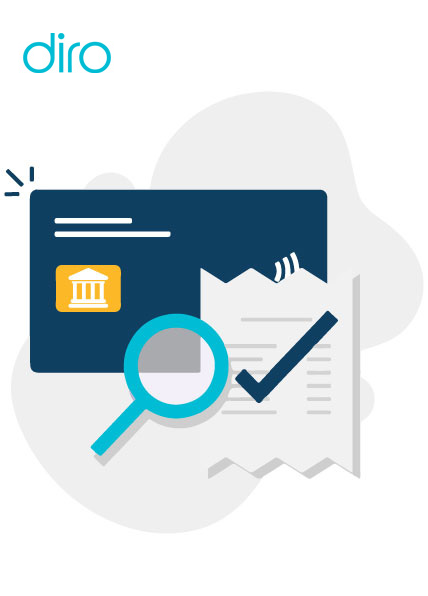Best Practices to Follow For Merchant Onboarding and Monitoring

Merchant onboarding is the key to growth for any kind of business, regardless of the fact if you’re a merchant acquirer, a payment service provider, or anyone else. As a business, you would want to have as many merchants to support more transactions. But, onboarding more merchants without proper due diligence can cause more losses than benefits. Businesses need to follow the best practices in merchant onboarding and monitoring practices.
As a business, how can you balance trade-offs, ensuring that you can quickly and seamlessly onboard merchants that can be trusted? While good merchants can improve your business operations, bad merchants can put you in heaps of trouble.
The global payment market is growing rapidly and changing quickly as the sophistication of both technological and fraudulent attacks is advancing. There are numerous ways businesses can utilize to improve the risk assessment, monitoring, management, and onboarding of merchants.
Before we jump into the methods of merchant onboarding, businesses need to be aware of risk management processes.
Risk Management for Merchants
The risk management approach for merchant onboarding is vital for learning how to onboard merchants:
- What is the transaction level of the merchant and their network?
- What is the industry type your business operates in?
- What is the transaction amount and range?
- What payment channels are they going to use?
- What countries do the merchants operate in?
- What resources are necessary to properly onboard and monitor the merchant?
As not all merchants are the same, the level of risk and the due diligence checks that you need to do are also different.
It’s true that there are different levels of due diligence for each merchant, but there is a standard that must be met across all the due diligence checks. There are some legal compliances that have to be followed, such as KYC & AML. There are some standard rules of the card networks, they demand that there are specific legal contracts with all merchants that control all the relationships. Other rules regarding credit underwriting, as the merchants have to be in effect by offering unsecured loans.
How does Merchant Onboarding work?
Onboarding the right merchant can be tough, but with the right steps you can successfully onboard a merchant:
- Pre-screening
- Merchant KYC procedure
- Merchant history checks
- Business and operational model analysis
- Web content analysis
- Information security compliance
- Credit risk underwriting
One major factor for creating a more successful onboarding process is blending automation with human effort. Most of the industry runs around manual work such as data entry, which has to be done multiple times. Manual work takes up a lot of time and it has a lot of room for human error. This is why a blend of human error and automation is necessary for detecting and preventing merchant onboarding fraud. Combining human and machine efforts can be considered one of the best practices in merchant onboarding and monitoring.
Automation allows businesses to have a smoother integration between the merchant onboarding steps. With the right technologies, you can make the whole merchant onboarding process automated. Businesses need to understand the importance of best merchant onboarding practices.
What is Merchant Monitoring?
Payment service providers and other businesses shouldn’t stop their risk management after they’ve onboarded merchants. What happens when a merchant changes the nature of their business? A change in the risk criteria requires reevaluating the risk profile of the merchant. When a merchant changes their business model, they can be doing damage, so it’s better to reassess the merchant profile:
Here are some of the best merchant monitoring best practices:
- Spikes in activities
- Exceeding thresholds
- Out of area or cross country transactions
- Changing website products or links
- Including people from the sanction lists
- Adverse media mentions
For monitoring the merchants, automation has seen some efficiency. The industry is getting tougher to survive in. There’s a lot of competition, encouraging growth in high-risk segments and markets. There is a huge rise in CNP fraud, as counterfeit fraud becomes more difficult.













